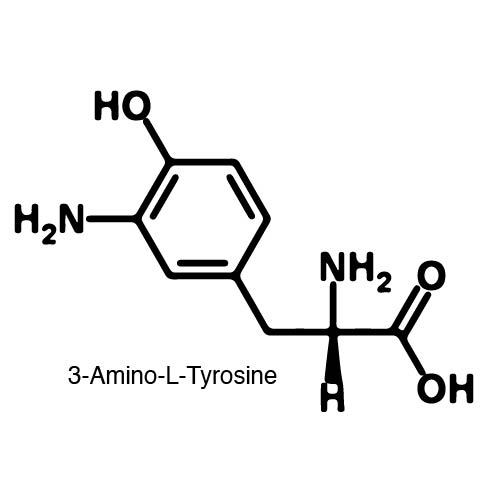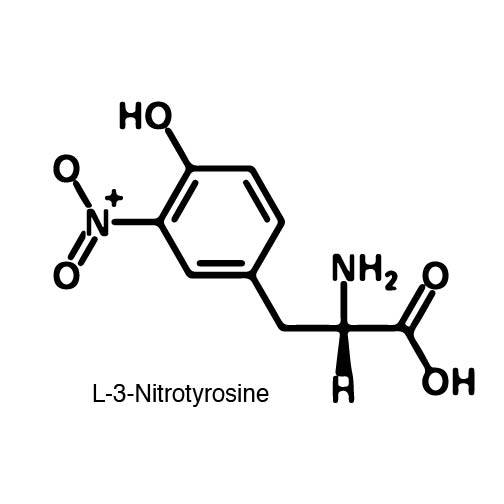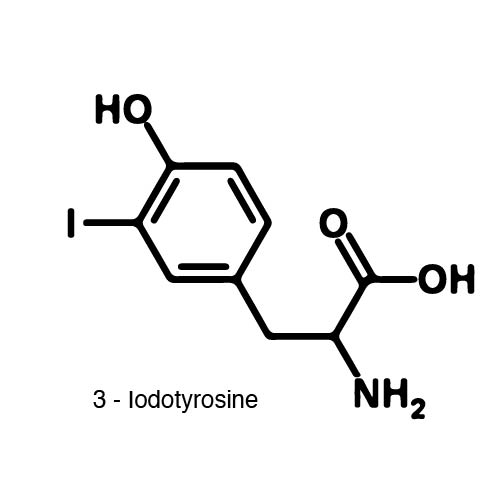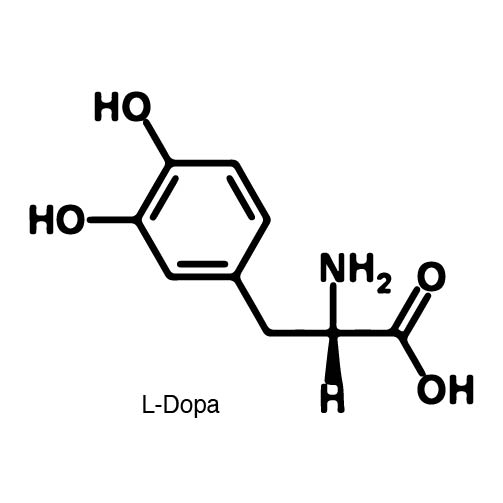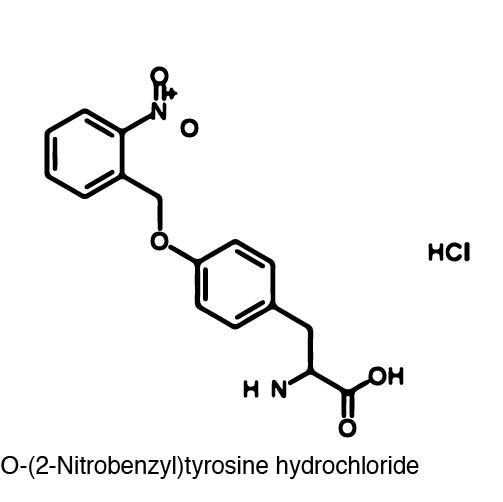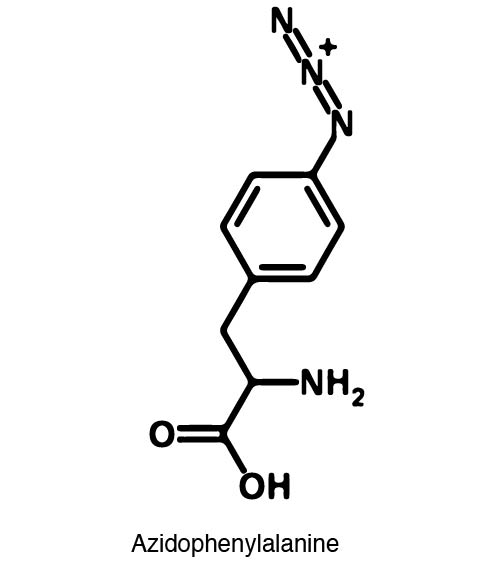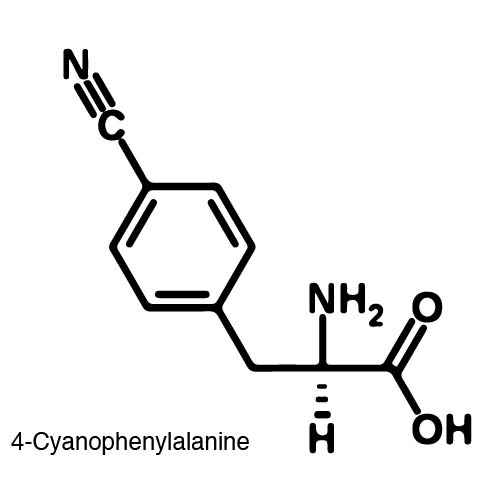Team:Austin Texas/kit
From 2014.igem.org
(Difference between revisions)
Jordanmonk (Talk | contribs) (→ncAA Synthetases) |
Jordanmonk (Talk | contribs) (→Background) |
||
| Line 81: | Line 81: | ||
==Background== | ==Background== | ||
| - | The genetic code is a composition of 20 highly conserved amino acids that are essential to all organisms on Earth. While specific, the genetic code is degenerate which conveniently adds flexibility to the code. By | + | The genetic code is a composition of 20 highly conserved amino acids that are essential to all organisms on Earth. While specific, the genetic code is degenerate which conveniently adds flexibility to the code. By recoding one of the redundancies, a codon can signal for the incorporation of a non-canonical amino acid (ncAA) rather than the codon's original usage. Of the three stop codons (amber, opal and ochre), the amber codon is the least abundant of the three and thus, the easiest and most efficient to recode. |
| - | + | Complications arise when the genetic code is recoded. In a normal bacterium, release factor RF1 is responsible for terminating translation when the ribosome reaches the amber stop codon. To avoid termination at a UAG amber codon, a strain of ''E. coli'' was engineered by the Church and Isaacs groups using MAGE and CAGE ('''ref''') to remove all of the amber codons from the genome and knock out the RF1 gene. The resulting strain, called "amberless" ''E. coli'', has its amber codon free to code for any ncAA. During translation, a synthetase with mutations that allow the acceptance of a different amino acid than the wild type charges that ncAA onto a tRNA with the amber codon's anticodon, ATC, when both are present in the cell. | |
| - | Complications arise when the genetic code is | + | |
==Experimental Design and Method== | ==Experimental Design and Method== | ||
Revision as of 05:42, 12 October 2014
|
 "
"




